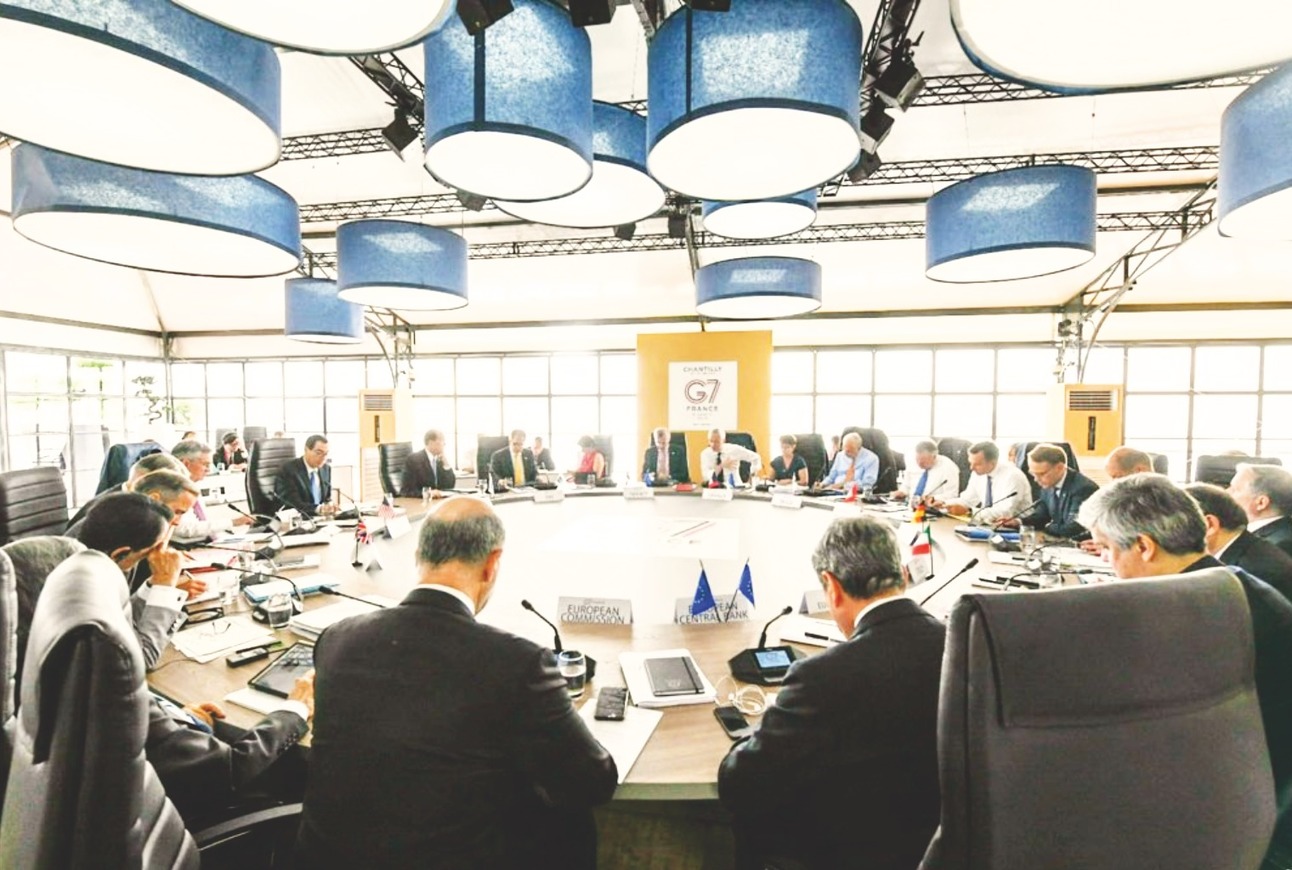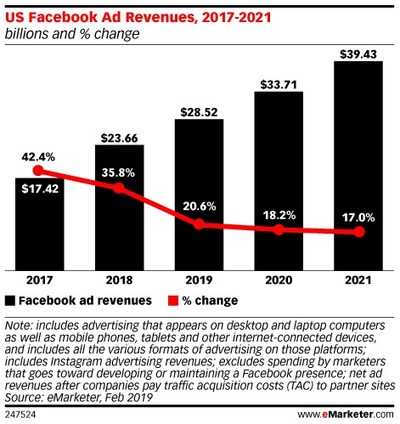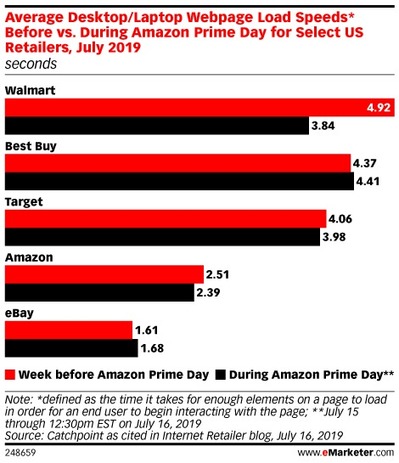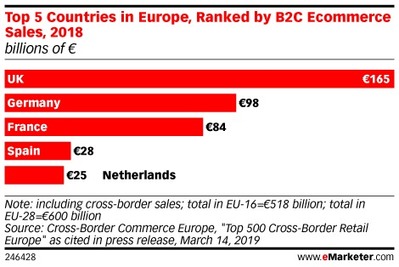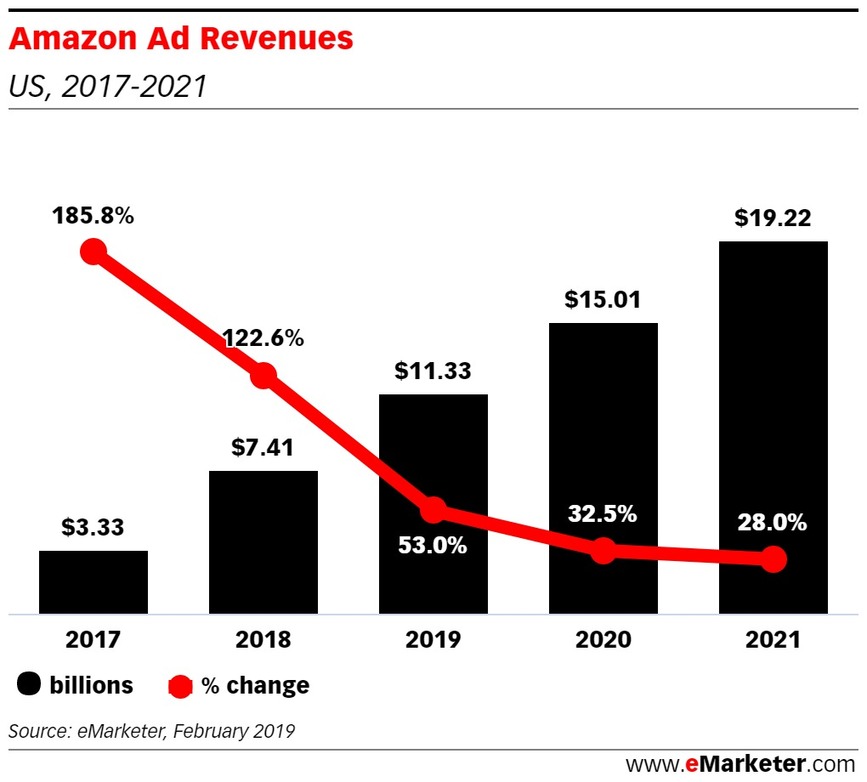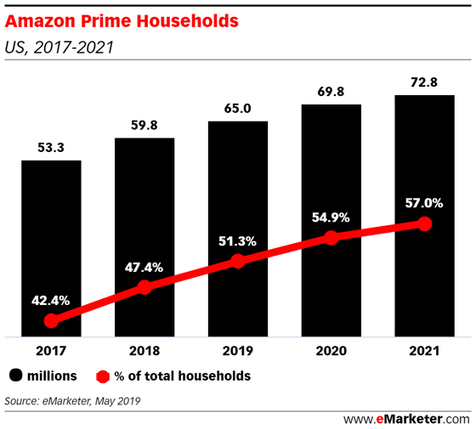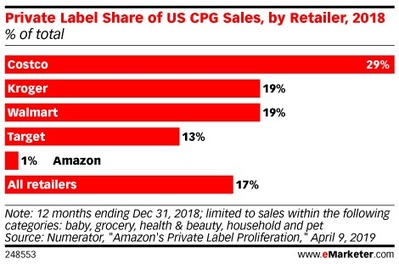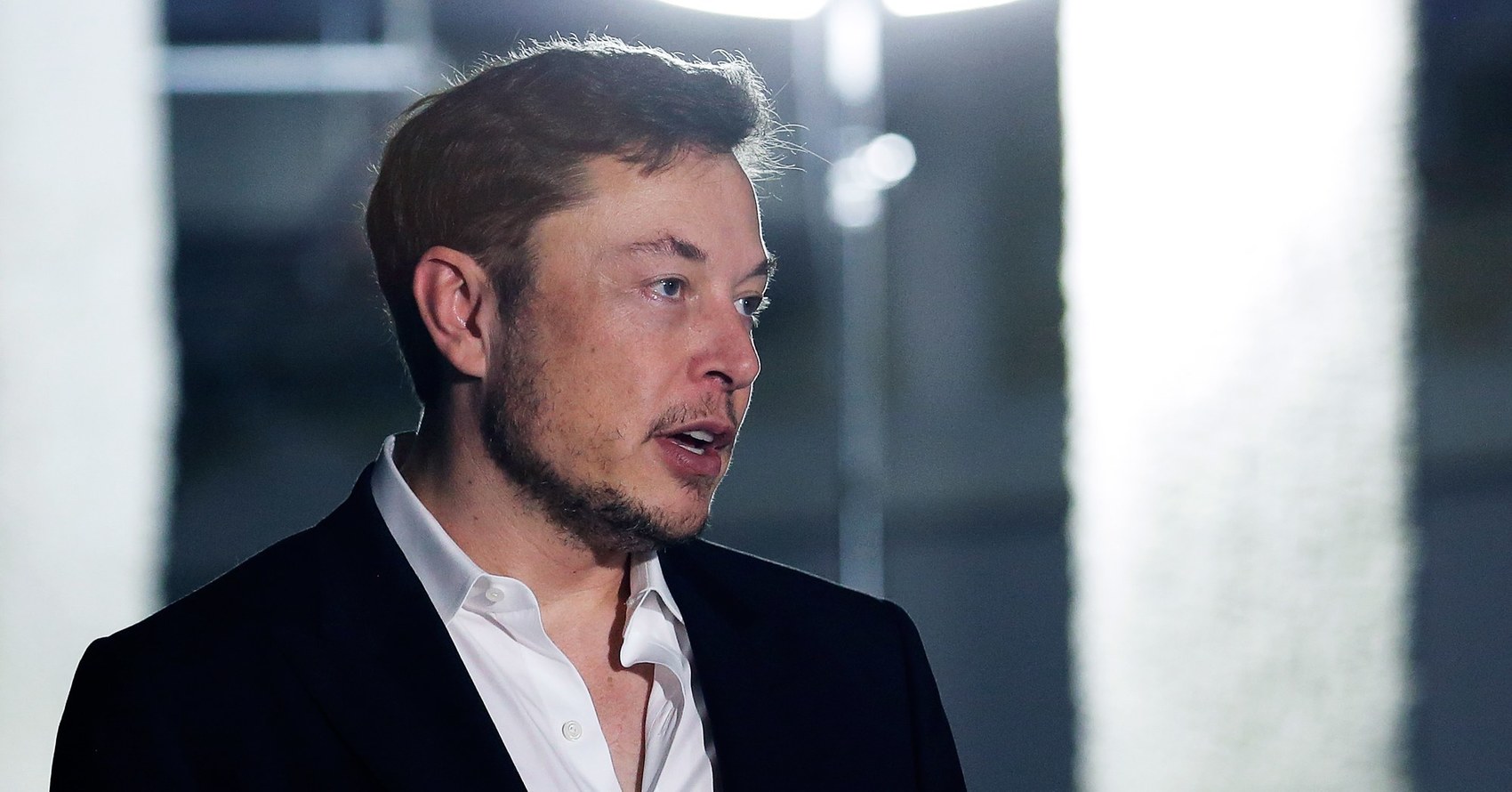How Big Hydro Power Partners With Bitcoin Miners to Prevent Energy Waste
When rain starts pouring in May, rivers and dams in China fill up pretty quickly. Hydroelectric stations reach their peak capacity producing more than local industry and households need. That prompts authorities and utilities in provinces such as the southwestern Sichuan to bring down electricity rates to as low as 0.2 yuan (around $0.03) per kilowatt-hour (kWh), stimulating the consumption of cheap and green energy produced by hydroelectric plants.Beijing-based Bitmain is among the companies taking advantage of lower electricity prices by utilizing surplus hydro power generated in Sichuan during the spring and summer months. Back in March, Chinese media reported that the mining giant had deployed around 100,000 mining rigs in the region before the start of the rainy season, with plans to install another 200,000 devices within the next few months.Using hydro power for coin minting, when water levels are at their highest, is a win-win situation for both crypto miners and electricity producers. The cooperation can be highly profitable not only for the bitcoin mining facilities but also for energy companies as it allows them to raise the efficiency of their power generating capacities and ultimately increase their revenue.Hydropower Plants and Cryptocurrency Miners Mint Coins for Mutual BenefitHydroelectric generation provides a great way to use excess power for cryptocurrency mining and also fund renewable energy, commented Shaun Chong, mining product manager at Bitcoin.com. He also acknowledged that mining profitability has improved significantly with rising crypto prices. “Cloud mining sales do a lot better during bull markets,” he said. The Bitcoin.com Pool is in partnership with mining datacenters in the U.S., Sweden and China. Chong noted:All of them are using hydro power. All our cloud mining is powered by hydroelectricity.Most mining companies working in Sichuan have direct contractual relations with the hydropower plants they build their farms at, Kirk Su, business development manager responsible for Bitcoin.com’s operations in China, told news.Bitcoin.com. The contracts do provide lower electricity prices for crypto miners. “Everyone gets different rates but they are typically around 0.2 RMB,” Su added. That’s around $0.03 per kWh.Kirk Su himself runs a mining farm operating in Aba, Sichuan using electrical energy from a 150MW state-owned hydropower plant. His 10MW facility is considered a midsized farm in the province, which is home to 50MW and even bigger farms. “During the wet season, typically from April through November, these power plants will generate much more electricity than the grid needs. Hence, the excess power eventually goes to waste,” the miner explained.


